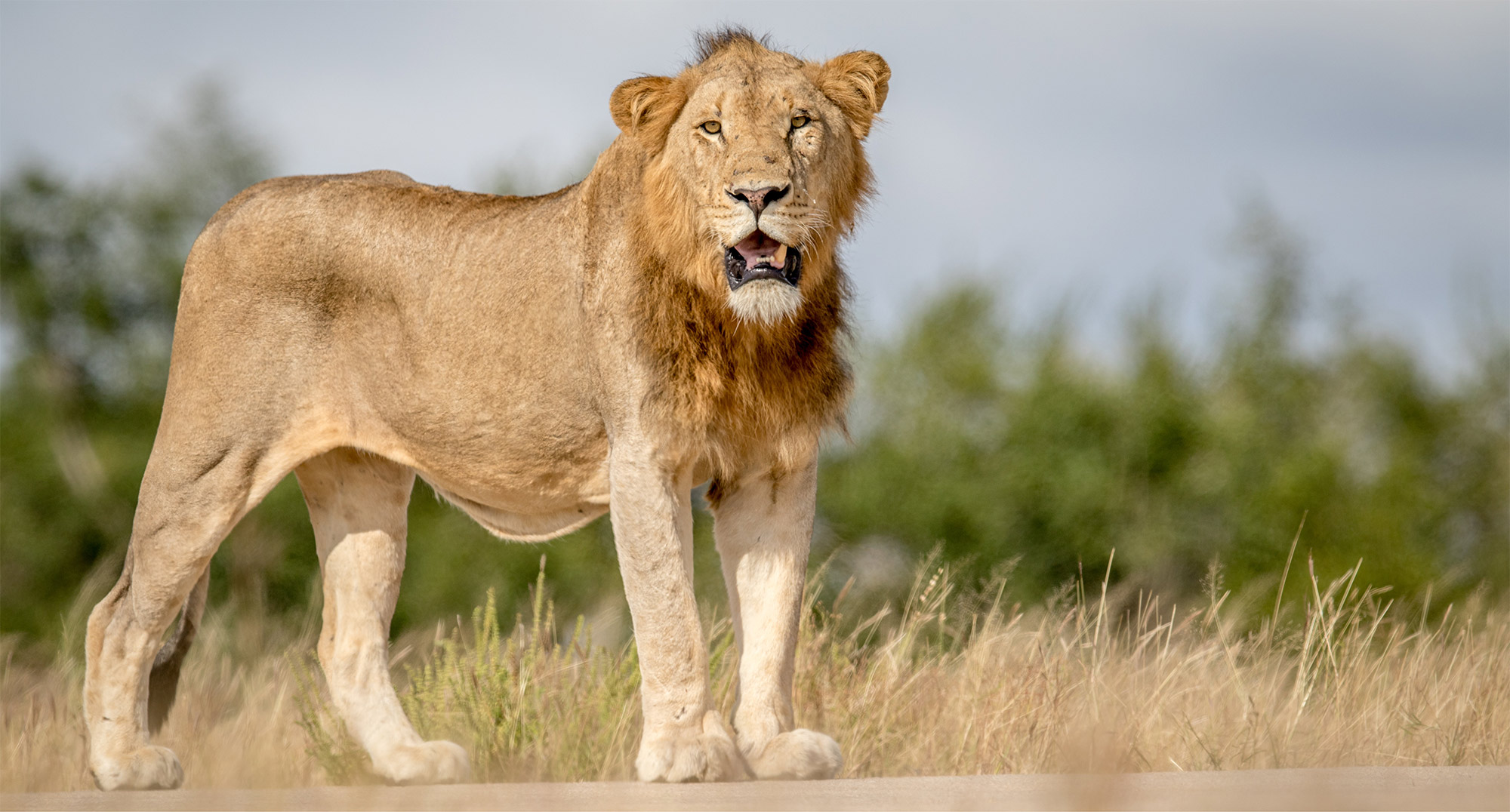The Tough Calls of Conservation
by Kevin Richardson
The realm of conservation is a treacherous one. Conservationists often find themselves stuck on a tightrope; balancing their crucial work of preventing biodiversity loss and saving a species, while braving the critique of those who provide opinions from afar – whether it be from too much interference with nature, or not enough, or their decisions being judged through a moral perspective of people who know very little about the realities of being on the ground in Africa. It is a tough job, with harsh truths that often require very difficult decisions to be made.
The management of young male lion populations in small, fenced game reserves is one of those very challenging contexts, where there is a fine line to be tread between maintaining a sustainable lion population and preventing overpopulation.

Male lions are very territorial and as they reach maturity, they tend to disperse from their prides to establish their own territories as they are pushed out by the resident male. If there isn’t a resident male, as is so often the case in small fenced reserves, they will simply stay put until old enough to mate with their sisters, aunts and mothers.
In these small reserves, the confined space can lead to intense competition for limited territory, resulting in aggression, injury, even death and or lions escaping out of reserves and causing havoc in areas where human populations live.
Overpopulation can also lead to increased pressure on prey species, which disrupts the delicate ecological equilibrium of the reserve and may result in a depletion of an antelope population. Small reserves all have specific carrying capacities for lion populations, and if a close eye isn’t kept on these numbers, things can quickly spiral out of control. To give you an idea: a single pride comprising of 4 females and 1 male can drastically increase in size within one breeding season. Each female can have around 4 cubs. That means 16 cubs, plus the original 5 adults, puts the total at 21 lions
– reaching or exceeding the carrying capacity of many small reserves.
Of these 16 cubs, around 8 of them would most likely be male, as the sex ratios are typically 50:50, however in some small reserves this can vary and sometimes even result in litters containing only males. In vast wilderness systems, there is a mortality rate of around 75% when it comes to male lions in the first 2 years, keeping numbers in check. However, this doesn’t happen in many reserves (especially small ones) due to decreased pressures and threats. Thus, without intervention, the situation can quickly escalate and cause problems for the reserve.

So how are these populations managed?
There are several methods used to keep lion numbers balanced.
1. Hemi-hysterectomies: This technique essentially removes one of a lioness’s ovaries and uterus and therefore decreases litter numbers by half, however this technique has shown that after the second or third pregnancy the number of cubs normalises again, almost as though nature is compensating.
2. Full hysterectomy and contraception: Contraceptive implants/injections have been used in many reserves over the past years, but recent research has shown that this method has potentially detrimental consequences on lion health (cancers) and population dynamics. Spaying lionesses is another technique; however, it is not reversible and is not an acceptable method in reserves relying on tourism where lion cubs are a massive drawcard.
3. Habitat Enhancement: Improving the reserve’s habitat or expanding borders is always a celebrated method that helps accommodate a higher lion population, albeit a challenging and costly one.
4. Translocation: Offering surplus lions to other reserves is always the first port of call, however many reserves face the exact same issues and therefore certain lions, such as old and young males, typically don’t find homes easily. Males in their prime are, however, often exchanged for genetic diversity purposes and the long-term health of lion populations.
5. Culling: This method involves surplus lions being humanely euthanized. This is often used to control other species populations within small, fenced reserves. As putting lions to sleep is such an emotive topic, many reserves that have surplus young male lions quietly engage this method without anyone being the wiser.
6. Hunting: Many reserves adopt hunting as a control for lion numbers, particularly for old, male individuals. Hunting, however, has become increasingly taboo for certain species due to moral convictions and sensitivities of the general public. It is also frowned upon to hunt lions aged between 2 and 4, which means this method doesn’t really help the predicament of managing young male lion populations. Sadly, this is the only method that helps generate much-needed income for reserve management and expansion, whilst the other methods all come at a cost to the reserve.
Another factor that is playing a massive role in lion numbers is poaching, which frequently complicates the management of lion populations. This is often combated with community involvement programs to reduce human-lion conflict and instil greater acceptance of conservation initiatives however wildlife poaching is big business and syndicates operate within reserves setting wire or cable snares specifically targeting animals such as lion, leopard, cheetah, hyena and wild dogs. Even though from afar it seems like a viable option to relocate surplus lions to captive sanctuaries, there are many reasons why this cannot and shouldn’t be done.
Firstly, provincial conservation departments will not issue permits to move lions from a wild environment to a captive one. This would go against the legal framework set up to manage wild lion populations. Even if it was allowed, it would be extremely cruel to take a free roaming lion and cage it. Most often it would mean putting wild lions in facilities containing other big cats – which can be highly distressing to the animal and most likely will result in long term psychological damage. This should never be accepted as a long-term solution to the oversupply of young male lions in the wild. If it ever was allowed, that would be a slippery slope for wild lion populations.
Additionally, with the implementation of the ‘phasing out’ of the captive lion industry, bone fide lion sanctuaries will reach capacity quickly (if not already). There are around 10 000 – 12 000 captive lions that will soon be needing homes.
Conservation remains a highly politicized industry, but at the end of the day, the long-term sustainability of wildlife must always be the end-goal. This means that difficult judgment calls sometimes have to be made, which feels sad, but ultimately are the best option in the bigger scheme of things.
I hope this helps explain some of the challenges and nuance around the management of lions.

